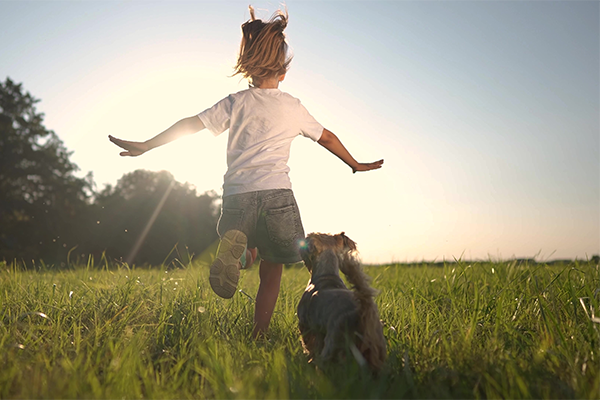
(DURHAM, N.C.) Climate change impacts kids the most and new research by a population health sciences researcher at Duke University School of Medicine could help track just how much.
Cody Neshteruk, PhD is exploring whether the same light sensors found in smartphones and smartwatches could offer a reliable way to track how much time preschoolers spend outdoors.
The metric could be a powerful tool in assessing children's exposure to extreme heat, air pollution, allergens and diseases caused by bugs like mosquitos and ticks — all hazards that are growing more severe in a warming world.
“Young children are not just little adults,” said Neshteruk, assistant professor in population health sciences and pediatrics at Duke. “They breathe more rapidly, consume more food and water per pound of body weight, and spend more time outdoors, which makes them more vulnerable.”

While adults increasingly spend time behind steering wheels, desks and screens, kids are the ones most likely to get outside for sports and play. That's a good thing, Neshteruk said. Outdoor time benefits everyone, but for children, it especially supports physical activity, mental health, and social connections.
But studies of children’s outdoor time often rely on a shaky source: parents’ memory.
The work by Duke helps fill that gap which is an important one considering children under age 5 bear 80% of the disease burden linked to climate change, according to the World Health Organization.
Air pollution, for example, harms children’s brain and lung development—even at low exposure levels—leading to poorer cognitive test scores and slower mental and motor growth.
The research team pulled data from two large trials involving more than 1,000 children ages 3 to 5 in North Carolina and Kentucky. Kids wore accelerometers with light sensors on their wrists in one study and waist in another, logging every movement and beam of light in five-second intervals.
Then researchers compared the light data to minute-by-minute logs from trained observers who noted whether kids were indoors or outdoors. Researchers aimed to identify the precise outdoor light intensity, measured in lux, that indicates when a child is outside.
For wrist-worn devices, outdoor light could be detected at 223 lux or higher. For waist worn ones, just 37 lux or higher was needed to detect outdoor exposure. And the method worked even on cloudy days.
“These sensors can reliably detect outdoor exposure,” Neshteruk said. “That’s exactly what we need to understand how the environment affects kids’ health.”
The team is developing a grant application to launch a long-term study to see how air quality, weather, and climate shifts shape outdoor activity and health over time.
“We have a real opportunity here to use existing tools to answer urgent questions about kids and climate change,” said the children’s health expert.